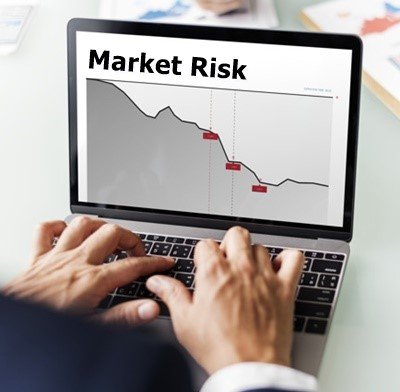Understanding market risk
Market risk and specific (unsystematic) risk are the two main categories of investment risk. Market risk, also known as “systematic risk”, cannot be eliminated by diversification, although it can be hedged by other means. Sources of market risk include recessions, political turmoil, changes in interest rates, natural disasters and terrorist attacks. Systematic, or market, risk tends to affect the entire market at the same time.
This can be contrasted with unsystematic risk, which is specific to a specific business or industry. Also called “unsystematic risk”, “specific risk”, “diversifiable risk” or “residual risk”, in the context of a portfolio investment, unsystematic risk can be reduced through diversification. Market risk exists because of price changes. The standard deviation of changes in the prices of stocks, currencies, or commodities is called price volatility.






